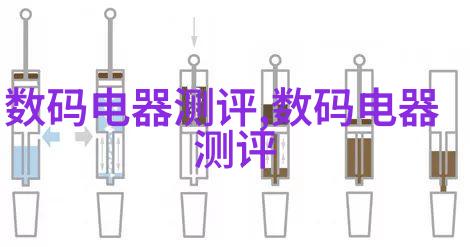
软刺玫瑰花语柔情似水的爱意
Soft Thorny Rose: The Enigmatic Symbol of Love

What is Soft Thorny Rose?
Soft thorny rose, also known as Rosa tomentosa, is a fascinating species of flowering plant that has captured the hearts of many due to its unique appearance and symbolic significance. This enigmatic flower stands out among other roses with its delicate petals and soft, velvety texture. As we delve into the world of soft thorny roses, let us explore what makes this flower so special.

History and Cultural Significance
The history of soft thorny rose dates back thousands of years. In ancient China, it was believed that the soft thorns on the stem represented love's pain while the beautiful flowers symbolized eternal love. Similarly in Greece and Rome, roses were often associated with Venus and Aphrodite respectively - goddesses representing love. Thus, it comes as no surprise that soft thorny rose has become synonymous with passionate yet painful love affairs.

Botanical Description
As an evergreen shrub or small tree native to southwestern Asia and Africa, Rosa tomentosa grows up to 3 meters tall with a spread almost equal in width. Its leaves are dark green in color with sharp serrations along their edges giving them a distinctive jagged look. These leaves provide shade for clusters of five-petaled flowers which range from white through pink shades to deep reds depending on soil conditions.

In contrast to other types of roses which have long stems covered by sharp spines or prickles called "thorns," Rosa tomentosa's stems bear short hair-like structures giving them their name 'soft' or 'tomentose'. It is these very hairs which give rise to both admiration for their beauty but also caution against handling without care.
Care Instructions

Despite being relatively low maintenance compared to other types such as hybrid teas or grandifloras (which require regular pruning), caring for your own soft thorny rose can still present challenges especially when dealing with pest infestations like aphids or spider mites that thrive on tender shoots during spring growth periods.
To keep your plants healthy one must ensure proper watering where soil dries slightly between waterings after planting; fertilizing once each spring season using balanced fertilizer; removing spent blooms regularly so new ones may form more readily; mulching around base year round preventing weed competition for resources like sunlight & nutrients necessary for continued growth & blossoming development within plant systems—thereby allowing you enjoy lush foliage intertwined beautifully adorned by vibrant colored flowers throughout seasons all year-round!
Propagation Methods
Rosa Toementosa propagates primarily through seed production following successful pollination events either naturally via local insects visiting nearby blooming plants carrying pollen grains from another similar individual’s reproductive parts onto stigmas within this current specimen resulting in fruit formation containing hundreds-to-thousands-of seeds per single ovary compartment upon maturity at harvest time if desired utilizing cuttings taken from vigorous non-fruiting tips cutting off any lower portion below node level before dipping end into rooting hormone powder then placing horizontally under warm moist environment until roots develop sufficiently enough growing strong roots making way towards becoming independent fully functional adult specimens capable producing offspring themselves eventually passing down desirable traits acquired over generations through selective breeding practices ensuring highest quality performance consistently across various environmental conditions providing ultimate satisfaction guaranteeing long lasting enjoyment every moment shared!



